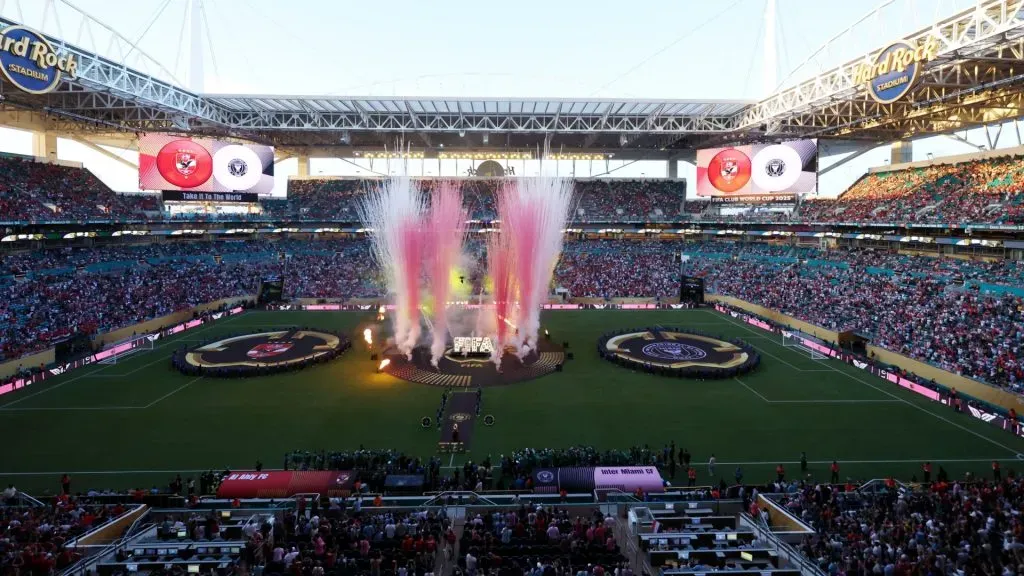The FIFA Club World Cup highlights the key difference between its halftime show and closing ceremony—one thrills mid-match, the other honors the journey’s end with tradition and triumph.
The Club World Cup introduces new entertainment moments that many fans haven’t seen before. While both the closing ceremony and halftime show add flair, their roles and timing within the event remain quite distinct and purposeful.
The 2025 edition will be the first in the tournament’s history to feature a halftime show, marking a significant departure from tradition. This element aims to enhance the matchday experience, setting it apart from previous editions.
As the event expands and evolves, these additions highlight FIFA’s aim to blend sport with culture. But the differences between these two types of presentations reveal much about how soccer balances tradition and modern spectacle.
Differences between a closing ceremony and a halftime show
In recent years, global tournaments have embraced entertainment in bold new ways, and the FIFA Club World Cup is no exception. As part of its evolution, the events has introduced halftime shows into the final match—a concept designed to heighten the spectacle and engage fans beyond the action on the pitch.

Taking place during the brief break between the two halves of the match, the halftime show brings together high-energy music performances, global stars and eye-catching visuals, often tied to broader cultural or philanthropic themes. It’s a moment of spectacle, momentum and connection, all packed into a short, electrifying intermission.
By contrast, the closing ceremony happens after the final match concludes. Rooted in tradition, it serves as the formal ending to the entire tournament. While it may include musical performances or artistic displays, its purpose is more ceremonial: honoring the champions, celebrating all participating teams, and acknowledging the host city and supporters.
Ultimately, the key difference lies in both timing and intention. The halftime show is a vibrant pause within the game itself—fast, loud and designed to thrill. The closing ceremony, on the other hand, is a farewell moment, steeped in tradition, reflection and the global unity that defines the sport.
From: bolavip.com

